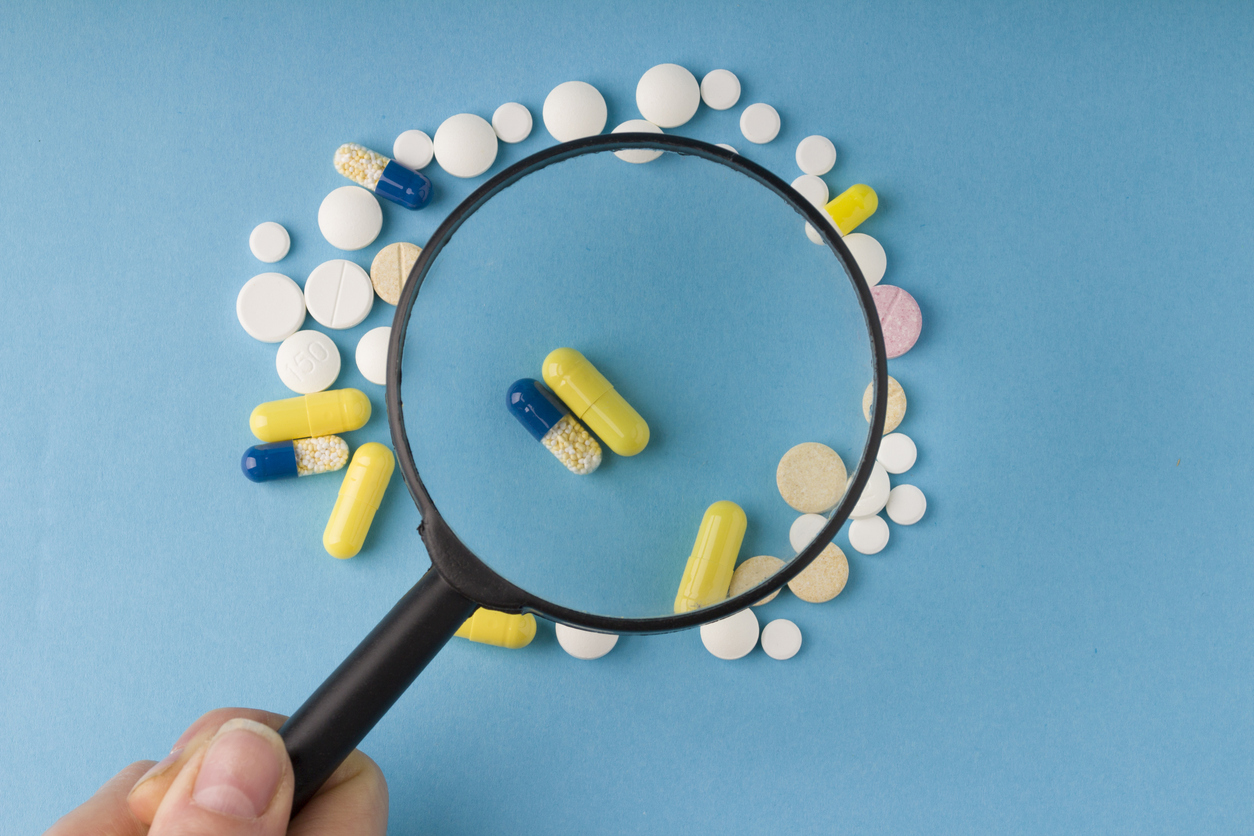NPS and the challenge to control them
A marked rise in new psychoactive substances (NPS) continuously challenges the scope of UK regulations and their ability to control these ever-evolving, addictive drugs.
NPS imitate the effects of illicit drugs, and the UK government noted that many of these so-called legal highs cause paranoia, psychosis, seizures and even deaths. Designed to produce the same mental results as those of illegal materials such as cannabis and cocaine, manufacturers continuously alter the chemical make-up of these substances to stay ahead of any legal control and implications.
Other names for NPS include herbal highs, synthetic cocaine or cannabis, herbal ecstasy and social tonics. Apart from tablets, capsules and powders, they are found in anything from bath salts and incense to room fresheners, teas and tonics.
NPS safety risks compared to their illicit counterparts
Drug testing experts and lawmakers stated that while NPS are legal, they are not necessarily safe. Also, because of the rapid rate that these drugs flood the market, it is challenging to trace the exact nature of the harms they cause and the avenues through which such harms occur.
This, in turn, makes it difficult to establish regulations that control NPS and create awareness about their inherent dangers. In 2016, the UK government introduced the Psychoactive Substances Act. Under the Misuse of Drugs Act 1971, 500 NPS are deemed illegal. The question remains whether established legislation can control emerging new drugs in the NPS landscape.
NPS categories
To better grasp the extent of NPS and regulate them, authorities classified them based on their ingredients and effects.
Synthetic cannabinoids aim to replicate the effects of cannabis, or more specifically, delta-9 tetrahydrocannabinol (THC), the active ingredient in this drug. These have been circulating since 2004 and are powders contained in solvents and herbs.
Phenethylamines are stimulants or ‘uppers’ and contain amphetamines and MDMA. This category also contains N-methoxybenzyl (NBOMes), paramethoxyamphetamine (PMA) and benzodifurans (Bromo-DragonFLY).
Synthetic cathinones are related to the khat plant and act as stimulants. Similar to amphetamines, they accelerate cognitive and physical processes.
Arylcyclohexylamines or phencyclidine-type substances – or novel dissociatives – have the same chemical structure as phencyclidine (PCP) and ketamine. PCP, which was sold as an injectable anaesthetic, was taken off the market in 1967. These novel dissociatives act like PCP but are more stimulating.
Trypamines, of which psilocybin is the most common, are psychedelics and cause hallucinations and alter a person’s perception of reality. These drugs are found in fungi and other plants.
Piperazines are stimulants and are often marketed as MDMA (ecstasy). They come in tablets, capsules or powders, and people usually ingest them. These drugs entered the scene as anti-depressants but were discontinued.
Novel benzodiazepines recently appeared on the market and are sold as legal, designer or research benzos. These drugs include ingredients that were tested but not officially approved and include diclazepam and flubromazepam.
Testing for NPS
Although banned, NPS are still sold illegally on UK streets and the dark web. Matrix Diagnostics offers comprehensive NPS testing solutions that either isolate individual ingredients or a combination of NPS in recreational drugs.

